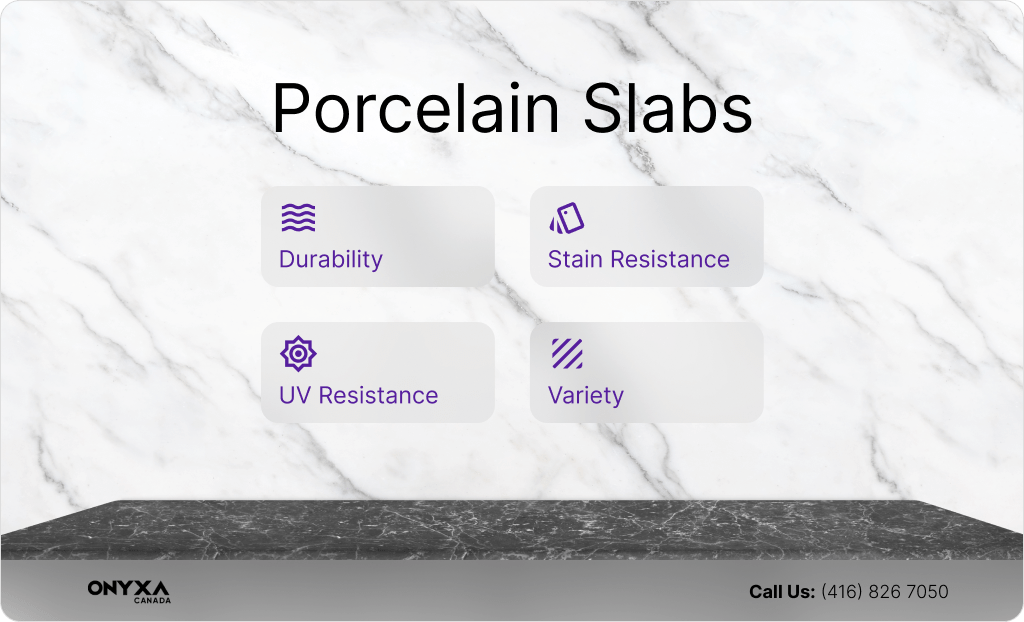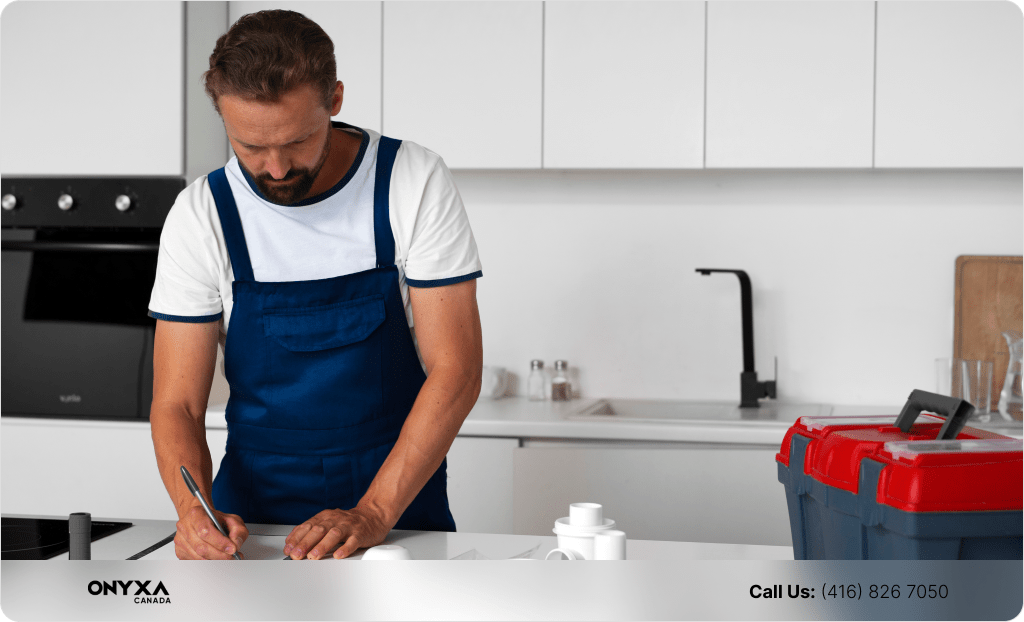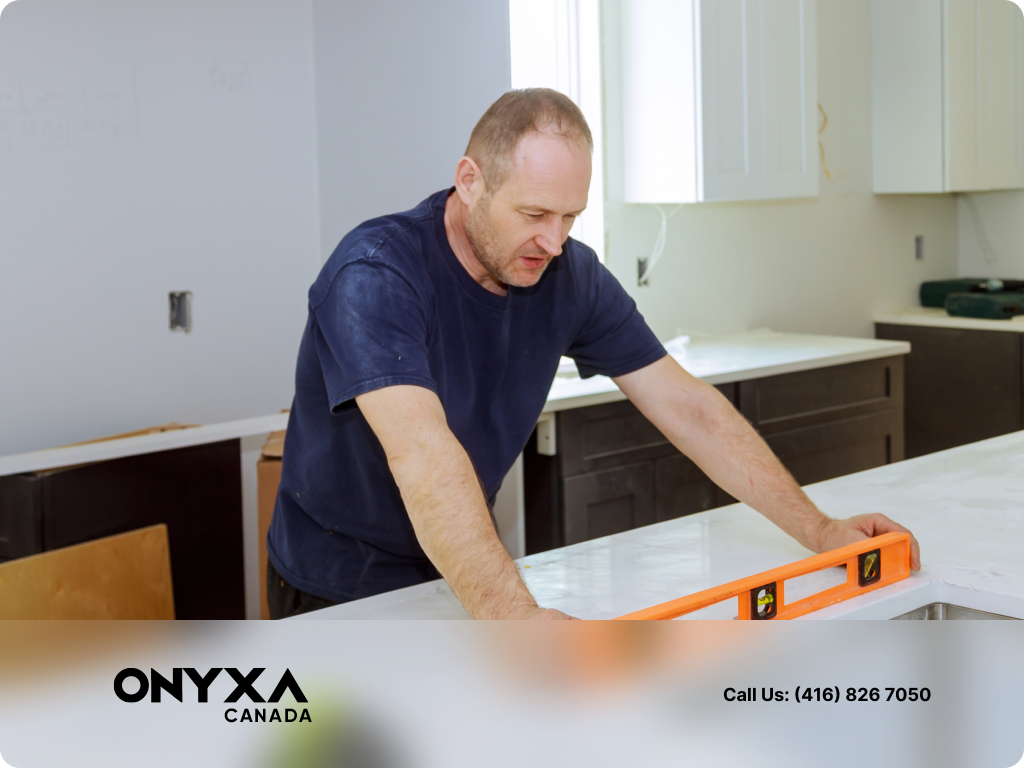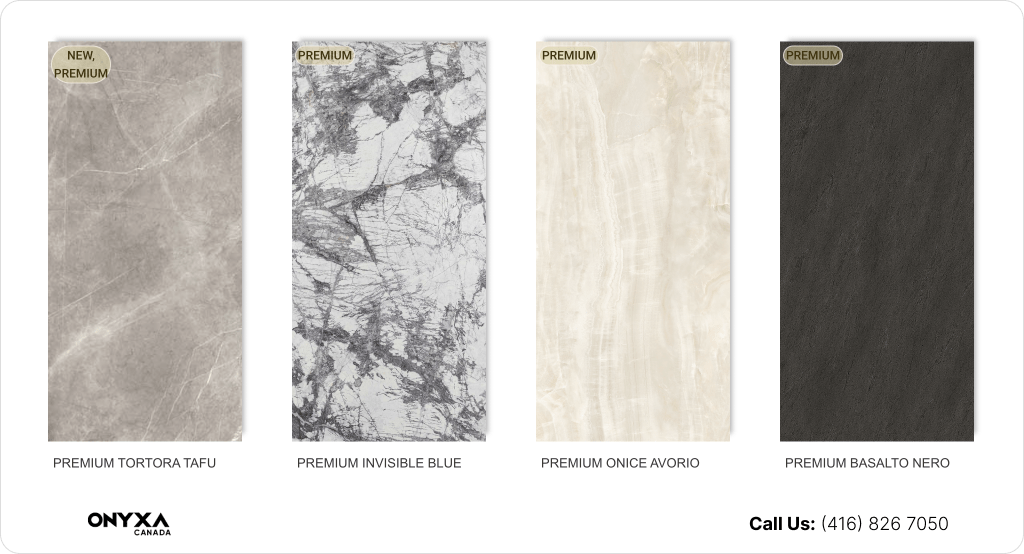How to Install Porcelain Countertops
When it comes to renovating a kitchen or bathroom, the choice of countertops can make a significant difference in the overall look and functionality of the space. A countertop isn’t just a surface; it’s a focal point, a workspace, and sometimes even a conversation starter. One of the trending materials today is porcelain. In fact, a recent survey showed that porcelain countertops have seen a 30% increase in installation in North American homes over the past five years, highlighting their growing popularity. Porcelain countertops are known for their durability, stain resistance, and sleek aesthetic. But beyond their visual appeal and functional benefits, ensuring they’re installed correctly is crucial.
Why is it important to install porcelain countertops the right way?
Firstly, improper installation can compromise the structural integrity of the countertop, leading to cracks, chips, or even breaks over time. A poorly installed countertop can also result in unnecessary expenses down the line due to repair or replacement. Furthermore, countertops that aren’t adequately sealed or fitted can become breeding grounds for bacteria, compromising the hygiene of your kitchen or bathroom. Lastly, the beauty and elegance of porcelain can only truly shine when the countertop is installed seamlessly, enhancing the overall aesthetics of your space.
With all these considerations in mind, it becomes clear that the correct installation of porcelain countertops isn’t just about ensuring they sit right; it’s about maximizing their lifespan, functionality, and beauty. Here, we will guide you through the process of installing porcelain countertops in your home, ensuring that you get the most out of this stylish and durable material.
Advantages of Porcelain Countertops

- Durability: Porcelain is tough and can resist scratches, cracks, and chips.
- Stain Resistance: Unlike some natural stones, porcelain doesn’t easily stain, making it perfect for kitchens and bathrooms.
- UV Resistance: Porcelain doesn’t fade when exposed to sunlight, making it suitable for outdoor applications.
- Variety: Available in a wide range of patterns and colors, mimicking the look of natural stones, wood, and other materials.
Premium porcelain slab series that can shine your kitchen
What You’ll Need:

- Porcelain countertop slab(s)
- Measuring tape
- Pencil or chalk
- Diamond blade wet saw
- Level
- Epoxy resin or suitable adhesive
- Spacers (optional)
- Silicone caulking
How to Install Porcelain Countertops:
- Measurement and Template Creation:
- Initial Assessment: Start by assessing the area where the countertop will be installed. This will help you understand the size, shape, and any potential challenges you might face.
- Precise Measurement: Using a measuring tape, accurately measure the countertop area, noting down all the dimensions.
- Template Creation: Craft a template using cardboard, craft paper, or another similar material. A template is particularly handy for intricate designs, curves, or unique spaces, ensuring a precise fit during installation.
- Purchase and Transport:
- Selecting the Right Slab: When purchasing, look for slabs that match your aesthetic preference and size requirements. Inspect for any cracks or defects.
- Safe Transportation: Given the weight and fragility of porcelain slabs, it’s crucial to plan their transportation. Either hire professionals or ensure you have adequate help and equipment, like A-frames or dollies, to transport and handle the slab without damage.
- Cutting and Shaping:
- Marking: With the help of your template and measurements, mark the necessary dimensions on the slab using a pencil or chalk.
- Safe Cutting Practices: Utilize a diamond blade wet saw for cutting. Constantly wetting the blade is essential to prevent it from overheating and to ensure smooth edges. Always prioritize safety: wear safety goggles, gloves, and ear protection.
- Dry Fit:
- Positioning: Before adhering to anything, position the cut pieces on the cabinets to verify the fit.
- Adjustments: If there are any discrepancies or imperfections, this is the time to make adjustments. It’s easier and less costly to modify now than after gluing.
- Installation:
- Surface Preparation: Clean the cabinet surface thoroughly, ensuring it’s free from dust, grease, and any other debris.
- Applying Adhesive: Use epoxy resin or another suitable adhesive, spreading it evenly over the cabinet tops.
- Placement: Gently lay the porcelain slab onto the adhesive. For additional features like backsplashes or seams, use spacers to ensure even gaps and alignment.
- Seaming (if necessary):
- Filling: If your countertop design includes seams, use high-quality epoxy or resin to fill them.
- Leveling: Ensure the epoxy or resin at the seams is smooth and level with the countertop surface to ensure a seamless appearance and feel.
- Edge Finishing:
- Choosing an Edge: There are multiple edge profiles like beveled, rounded, or bullnose. Decide based on your aesthetic preference.
- Polishing: Depending on the chosen edge, you might need specialized tools for polishing or shaping. For best results, consider hiring professionals for this task.
- Final Touches:
- Sealing: Apply a bead of silicone caulking where the countertop meets walls or backsplashes. This prevents water intrusion and gives a finished look.
- Cleaning: Once installed, clean the countertop surface of any adhesive residues or dust. Use a soft cloth and a gentle cleaner, ensuring the surface shines and is ready for use.
Tips:
- Porcelain slabs can be quite heavy. Always have someone to assist you during installation to prevent breakage or injury.
- It’s often wise to consult or hire a professional, especially if you’re unfamiliar with working with porcelain or large countertop installations.
Conclusion:
Porcelain countertops are an excellent choice for those wanting durability combined with a modern aesthetic. When it comes to sourcing the finest materials, Onyxa stands out as the industry leader in porcelain slab and stoneware provision, guaranteeing both quality and elegance.
If you have any questions or need further guidance on choosing the right materials for your bathroom project, don’t hesitate to reach out or book an appointment with Onyxa Canada. Our experts are here to assist you in creating the perfect shower space that suits your needs and preferences.
Or call us: +1 (416) 854.8645
Related Articles:

